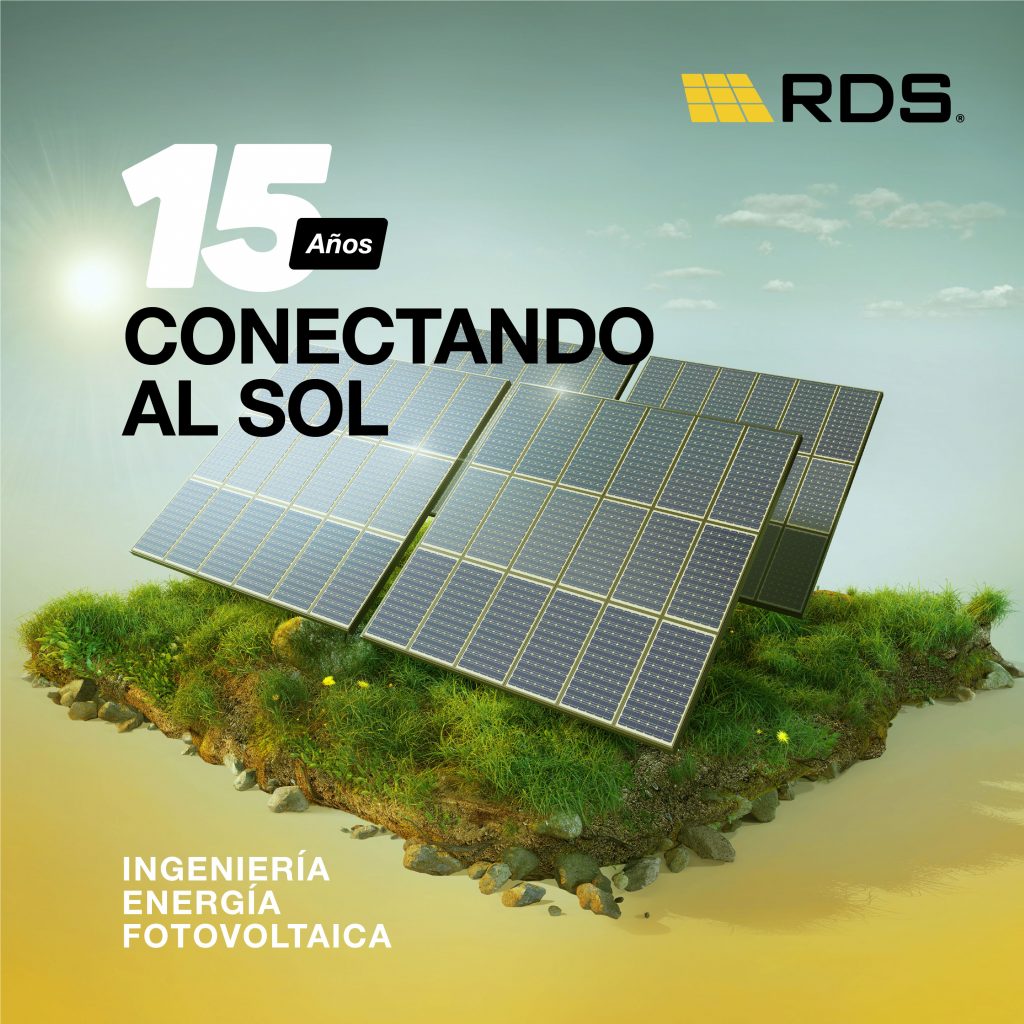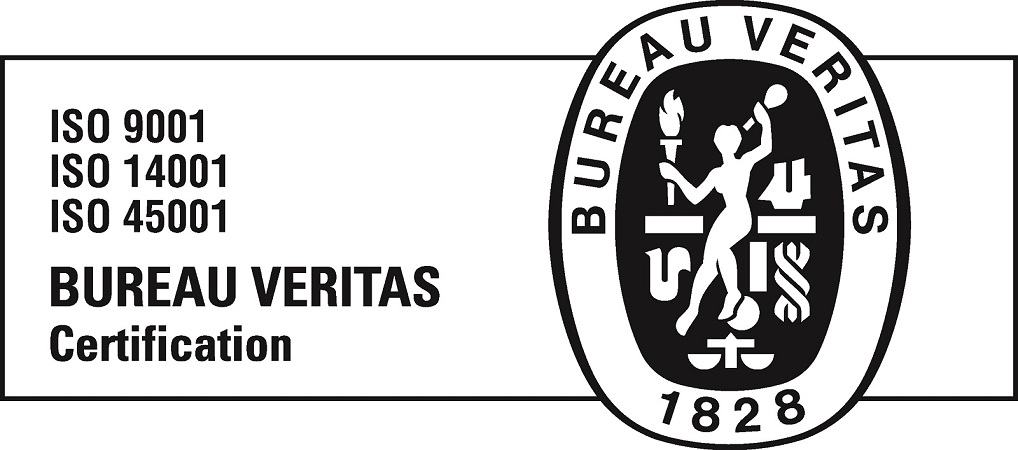
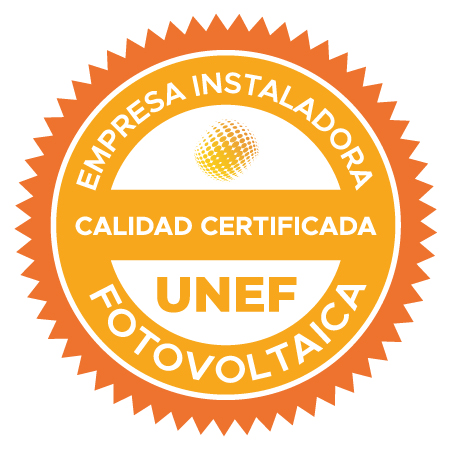

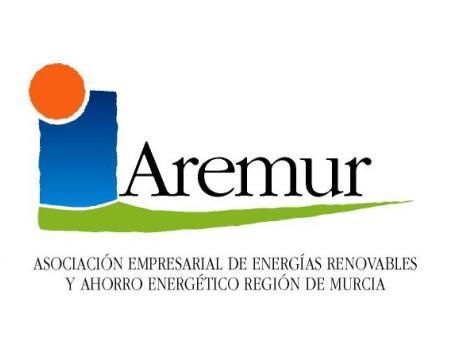
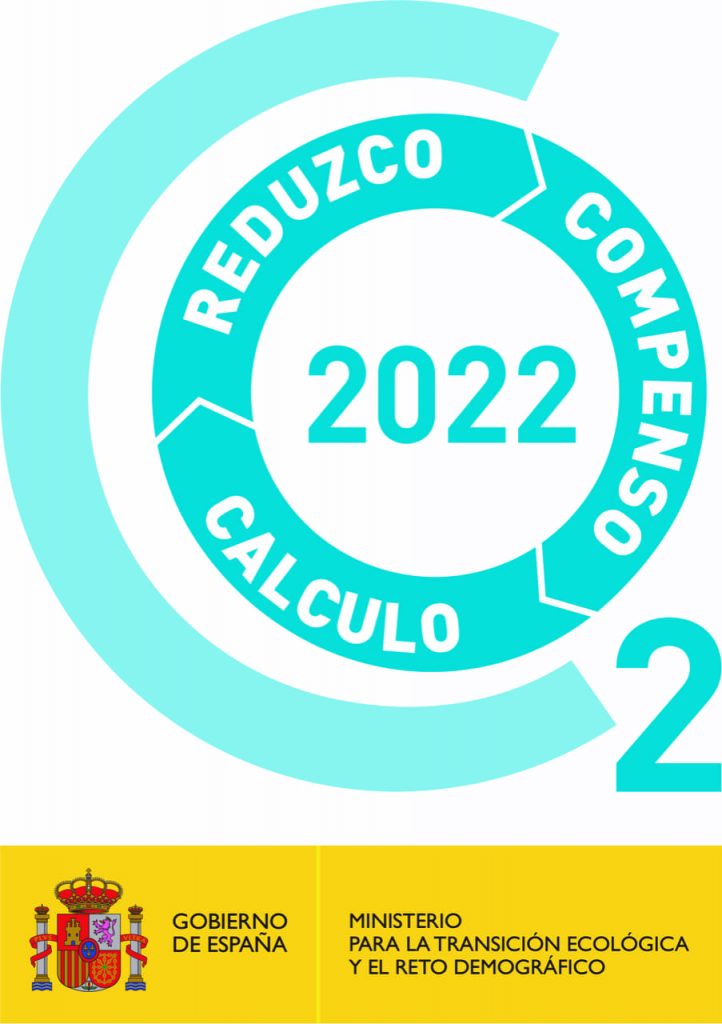
© 2023 RDS. All rights reserved. Designed and developed by delefant
Solar pumping for irrigation is an efficient and sustainable solution for growing your plants. Solar kits offer a complete option, with solar panels, batteries, regulators and necessary accessories. Suitable solar panels enable the pumping of water in both off-grid and grid-connected systems. Solar controllers ensure efficient energy use, while inverters convert solar energy into alternating current. Solar batteries store the energy and other accessories complement the system. Find out more about solar pumping for irrigation in our article.
Table of Contents
ToggleA solar pumping kit is an efficient and sustainable option for crop irrigation. These kits are designed to harness solar energy and consist of several essential components.
The main component of a solar pumping kit is the solar panels, which capture solar energy and convert it into electricity. In addition, batteries are included to store the energy generated, solar regulators to control the charging of the batteries and ensure efficient use, and power inverters to convert the stored energy into alternating current.
In addition, solar pumping kits usually include other accessories necessary for the operation of the system, such as solar water pumps, support structures for the installation of solar panels, solar pump controllers and other complementary elements.
Different types of solar kits for pumping water for irrigation activities are available on the market today. These kits are designed to suit different needs and specific requirements.
The most common types of solar kits include the following:
Considerations for choosing the right pumping kitWhen selecting a solar pumping kit, it is important to take into account several considerations to ensure that it suits specific irrigation needs.
Some aspects to be taken into account are:
Taking these considerations into account will allow you to choose the most appropriate solar pumping kit to maximise the efficiency and sustainability of your irrigation system.
Solar panels are key components in solar water pumping systems. These devices capture solar energy and convert it into electricity that drives the water pump. There are several types of solar panels used in irrigation systems, such as monocrystalline, polycrystalline and flexible solar panels.
Monocrystalline solar panels are characterised by their solar energy conversion efficiency, which makes them ideal for regions with lower solar radiation. On the other hand, polycrystalline solar panels are cheaper and have a slightly lower efficiency, but are still a viable option for solar water pumping systems. Flexible solar panels offer greater versatility in terms of installation on curved or unconventional surfaces.
Proper sizing of the solar panel is crucial to ensure efficient operation of the water pumping system. The power of the solar panel required will depend on the energy demand of the system and the geographical location.
It is important to take into account factors such as the average solar radiation, the location of the solar panels and the amount of water to be pumped. When sizing a solar panel, both the nominal power of the panel and the energy required for daily pumping or the amount of water to be extracted must be considered.
The calculation of the required area of solar panels is related to the power and efficiency of the selected panels. Consideration should be given to the number and size of solar panels that can be installed in the area available for installation.
Various tools and software are available to calculate the required solar panel area based on geographic location, system energy demand and other specific parameters. These calculations help to optimise space and get the maximum yield from the solar panels in pumping water for irrigation.
Solar controllers play a crucial role in solar pumping systems, as they are responsible for controlling the charging of the batteries and ensuring efficient use of solar energy. Its main function is to regulate the electrical current flowing from the solar panels to the batteries, preventing overcharging and protecting the life of the batteries.
There are different types of solar controllers that are adapted to the specific needs of pumping systems. These include PWM (Pulse Width Modulation) and MPPT (Maximum Power Point Tracker) regulators.
PWM regulators are the most common and are characterised by their simplicity and efficiency. Its main function is to regulate the output voltage of the solar panels to match the charging voltage of the batteries. They also monitor battery voltage and protect against overcharging and over-discharging.
On the other hand, MPPT regulators are more advanced and efficient in energy conversion. They use a sophisticated algorithm to track the maximum power point of the solar panels and adjust the output voltage to maximise energy efficiency. This results in higher energy production and optimal pumping system efficiency.
The use of an MPPT controller has several advantages compared to a PWM controller. Firstly, MPPT regulators can make the most of the energy generated by the solar panels, especially in low light conditions or on cloudy days. This translates into greater energy efficiency and more water pumped for crop irrigation.
In addition, MPPT regulators are able to adapt to different solar panel voltages and currents, making them more versatile and adaptable to different solar pumping system configurations. They are also capable of working with a wider range of battery voltages, providing flexibility and compatibility with different battery types.
In some cases, solar pumping systems may require the configuration of two batteries in parallel or in series to meet the energy demand. In these cases, a suitable charge regulator is necessary to ensure an equal distribution of power between the two batteries.
Charge controllers for two-battery systems offer specific configuration options to suit these configurations. They allow adjustment of the parameters related to the charging and discharging of the batteries, ensuring a stable and balanced power supply.
Power inverters are key components in solar pumping systems, as they are responsible for converting the solar energy generated by the panels into alternating current. It is this current that is used to power the water pumps and enable efficient irrigation of crops.
The importance of power inverters lies in their ability to transform solar energy into a form usable in pumping systems, such as alternating current. Without them, the solar energy generated would be unusable to power the water pumps. The operation of the power inverters is based on the conversion of the direct current generated by the solar panels into alternating current of the same frequency and voltage as the conventional electricity grid. This allows the energy generated by the solar panels to be used both for crop irrigation and to power other electrical appliances.
There are different types of power inverters used in solar pumping systems, including pure wave inverters and modified wave inverters. Pure wave inverters offer high quality AC power, very similar to that offered by the conventional grid. These inverters are ideal for solar pumping, as they ensure optimal operation of water pumps and other connected electrical devices. On the other hand, modified wave inverters generate an alternating current whose waveform more closely resembles a square shape. Although they are cheaper, their compatibility with certain equipment, such as water pumps, may be compromised due to the quality of the current generated.
In some cases, it is possible to use grid inverters in solar pumping systems. These inverters make it possible to use solar energy to irrigate crops and, at the same time, feed surplus energy into the conventional electricity grid. This option is particularly interesting where there is the possibility of receiving financial compensation for the solar energy generated and fed into the grid. In addition, in times of solar power shortage, conventional grid power can be used to ensure continuous operation of the pumping system.
Solar batteries play a key role in solar pumping systems, as they allow the energy generated by the solar panels to be stored for later use in pumping water. Next, the main characteristics and types of solar batteries for irrigation systems will be presented, as well as their capacity and useful life according to the energy demand, and finally, the maintenance and care required by these batteries will be discussed.
There are different types of solar batteries available on the market, each with its own characteristics and advantages. Among the most common types are open lead-acid batteries, AGM (Absorbent Glass Mat) batteries and gel batteries. Open lead-acid batteries are the most economical, but require regular maintenance and proper ventilation. On the other hand, AGM batteries are maintenance-free and offer greater resistance to vibration, while gel batteries are ideal for high-temperature environments. It is important to consider the specific needs of the pumping system when choosing the most suitable type of coil.
The capacity of a solar battery refers to the amount of energy it can store and deliver. This capacity is measured in ampere hours (Ah) and can vary according to the power requirements of the pumping system and the desired duration of operation without sunlight. It is important to correctly size the battery capacity to ensure a stable energy supply. In addition, it is important to note that the lifetime of solar batteries can vary depending on their type and use. In general, solar batteries are estimated to have an average lifetime of 5 to 10 years, but this can be affected by factors such as ambient temperature and the number of charge/discharge cycles.
Proper maintenance of solar batteries is crucial to ensure their optimal performance and prolong their lifetime. The following are some recommendations for battery care:
By following these maintenance and care guidelines, optimal performance and long life of the solar batteries can be ensured, which will contribute to efficient and reliable operation of the solar water pumping system.
In this section, we will discuss the different accessories and complements that are indispensable to optimise solar pumping for irrigation. These additional elements help to ensure efficient and reliable operation of the system. Next, we will explore structures and brackets for solar panel installation, solar water pumps and their advantages in irrigation, as well as solar pump controllers designed to automate and improve irrigation efficiency.
To ensure a safe and stable installation of solar panels, appropriate structures and supports are essential. These elements allow to fix the panels in a resistant way, avoiding movements that could compromise their functioning. The structures and supports are designed to adapt to different types of terrain and climatic conditions, offering versatility and durability. By using quality structures, the correct orientation and angle of inclination of the solar panels is ensured, thus maximising solar energy collection.
Solar water pumps are an efficient and sustainable alternative for supplying water to irrigation systems. These pumps run on solar energy captured by solar panels, eliminating the need for conventional electricity. In addition to being environmentally friendly, solar water pumps offer optimum efficiency, are quiet, require little maintenance and have a long service life. Its efficiency in water delivery contributes to saving resources and reducing costs in crop irrigation.
Solar pump controllers play a crucial role in irrigation automation and efficiency. These devices regulate the operation of the solar water pumps, ensuring an adequate and constant supply of water at the required time and quantity. The controllers can be programmed to suit the specific needs of each crop, thus optimising water and energy consumption. In addition, they offer protection functions, such as water shortage detection or overload prevention. With solar pump controllers, smart and efficient irrigation is achieved, reducing waste of resources and maximising the results in agricultural production.
The lifetime of a solar pumping system can vary depending on several factors. In general, solar panels are estimated to have a lifetime of approximately 25 to 30 years, provided they are properly maintained. On the other hand, solar batteries typically have a lifetime of 5 to 10 years, although this may vary depending on the type of battery and its quality. It is important to carry out regular checks and follow the manufacturer’s instructions to ensure optimum performance and prolong the life of the system.
No, solar pumping does not necessarily require a connection to the conventional electricity grid. Solar water pumping kits are designed to operate autonomously, using only the solar energy captured by the solar panels. This provides a great advantage, especially in rural or remote areas where there may be no access to the electricity grid. However, there are also grid-connected solar pumping systems, which allow solar energy to be used when available and, if necessary, supplemented with conventional electricity.
The calculation of the required power for a solar pumping system depends on different variables, such as the amount of water to be pumped, the elevation, the pumping distance and the average solar radiation in the area. To determine the required power, these factors must be taken into account and the efficiency of the system components must also be considered. More precise calculations are possible through specific design software or with the advice of solar professionals. In this way, the system can be correctly dimensioned and optimum performance can be guaranteed.
